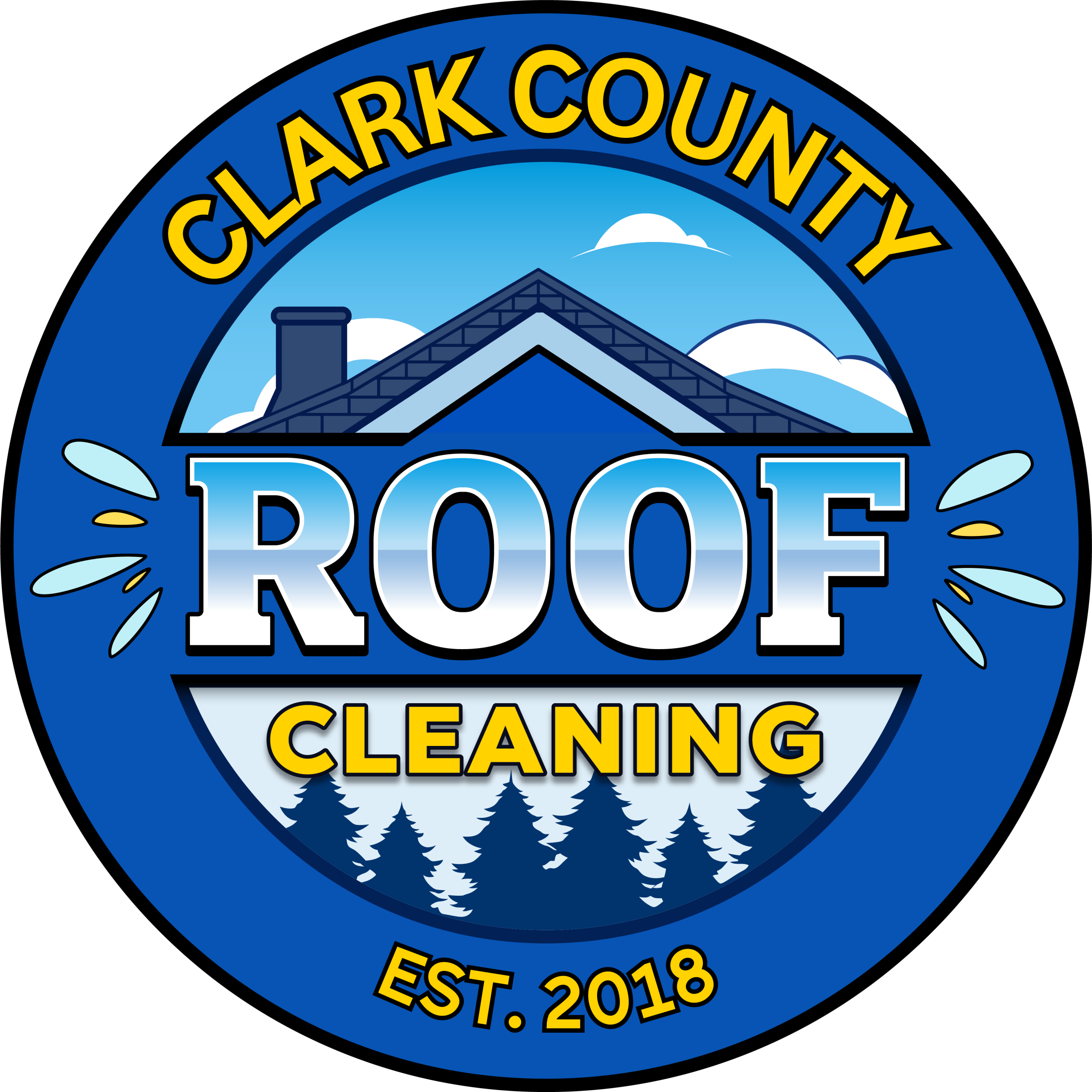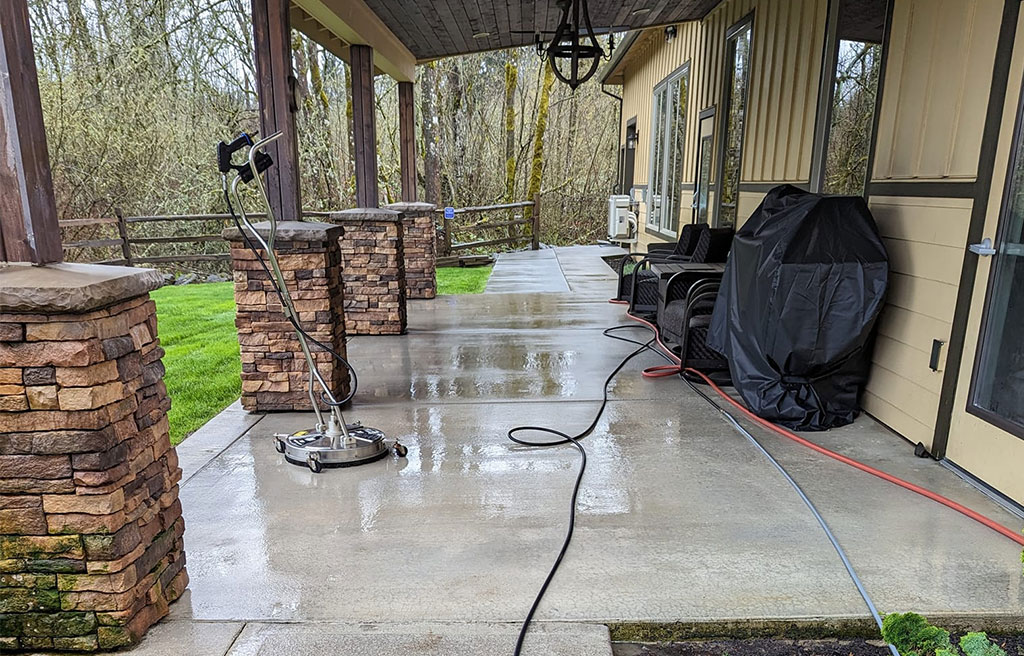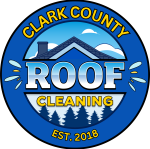Pressure washing is a powerful tool for cleaning various surfaces around your home. When used correctly, it can save you time and effort while achieving impressive results. However, it’s important to approach pressure washing with caution and follow certain guidelines to ensure safety and effectiveness. In this guide, we’ll outline the essential do’s and don’ts of DIY pressure washing.
The Do’s:
1. Read the Manual:
Before you begin, familiarize yourself with the pressure washer’s user manual. Different models may have specific instructions and safety precautions.
2. Safety Gear:
Always wear appropriate safety gear, including safety glasses, closed-toe shoes, and hearing protection. Additionally, consider wearing waterproof clothing to shield yourself from overspray.
3. Select the Right Nozzle:
Different nozzles provide varying degrees of pressure. Use a wide-spray, low-pressure nozzle for delicate surfaces like wood, and a narrow-spray, high-pressure nozzle for tougher materials like concrete.
4. Test on a Small Area:
Before tackling a large area, test the pressure washer on a small, inconspicuous section to gauge the appropriate pressure setting and distance.
5. Maintain Proper Distance:
Keep the nozzle at a consistent distance from the surface being cleaned. Typically, this is around 2-3 feet, but refer to the manufacturer’s guidelines for specific recommendations.
6. Use Detergent Wisely:
If using detergents, follow the manufacturer’s instructions for dilution and application. Apply from the bottom up and rinse thoroughly.
7. Work from Top to Bottom:
Start cleaning from the top of surfaces and work your way down. This ensures that dirt and grime flow away from areas you’ve already cleaned.
8. Keep a Steady Motion:
Use even, overlapping strokes to avoid streaks or marks. Moving too slowly or too quickly can lead to uneven cleaning.
9. Clean Gutters and Drains:
Before you start, ensure that gutters and drains are clear of debris. This prevents clogging and ensures efficient water flow.
The Don’ts:
1. Don’t Use Too Much Pressure:
Using excessive pressure can damage surfaces. Avoid high-pressure settings on delicate materials like wood or shingles.
2. Avoid Close Proximity:
Do not hold the nozzle too close to the surface. This can cause damage or even etching on certain materials.
3. Never Spray Upward:
Avoid spraying upwards, especially on siding or roofing. Water can get forced behind siding or shingles, potentially causing moisture issues.
4. Don’t Use Hot Water on All Surfaces:
Some surfaces, like asphalt shingles, can be damaged by hot water. Stick to cold water for these materials.
5. Avoid Using Harsh Chemicals:
Be cautious with chemicals. Some can harm the environment or damage your equipment. Use biodegradable, eco-friendly detergents when possible.
6. Don’t Neglect Safety Measures:
Neglecting safety gear or ignoring safety guidelines can lead to accidents or injuries. Always prioritize your safety.
7. Stay Clear of Electrical Outlets:
Be cautious of electrical outlets and avoid spraying water directly at them to prevent electrical hazards.
8. Don’t Ignore Maintenance:
Regularly clean and maintain your pressure washer. Neglecting this can lead to reduced performance and potentially costly repairs.
In conclusion, DIY pressure washing can be a highly effective way to clean various surfaces around your home. By following these do’s and don’ts, you’ll ensure safe and efficient use of your pressure washer, leading to impressive results without causing damage or harm.


